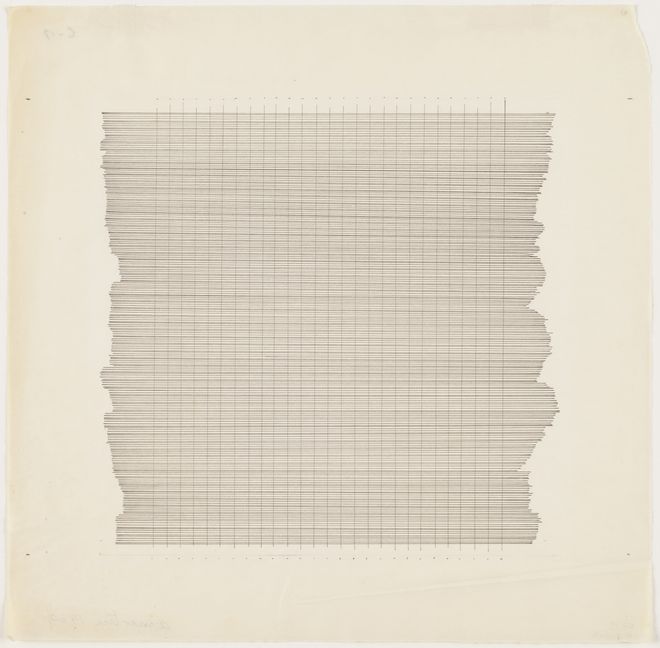The 1960s witnessed a significant shift in the art world, with the emergence of minimalist art as a prominent movement. Minimalism in art rejected the idea of art as a representation of the external world and sought to reduce art to its most essential and basic forms. It emphasized simplicity, precision, and objectivity, often stripping away any extraneous elements.
One of the key characteristics of minimalist artworks from the 1960s was their emphasis on geometric shapes and forms. Artists explored basic geometric shapes such as squares, circles, lines, and rectangles, often repeating them in series or grids. This approach aimed to eliminate any personal expression or subjective interpretation and instead focused on the inherent qualities of the materials and forms themselves.

A red stack by Donald Judd, “Untitled (Bernstein 78-69)” (1978), at Mnuchin Gallery.
Another influential minimalist artist of the era was Dan Flavin. Flavin worked primarily with fluorescent light tubes, creating installations that explored the relationship between light, space, and the viewer. His works consisted of simple arrangements of fluorescent lights in various configurations, transforming the gallery space into an immersive experience of colored light.

Dan Flavin, the diagonal of May 25, 1963 (to Constantin Brancusi), 1963.
Agnes Martin, although not strictly categorized as a minimalist, produced minimalist-inspired artworks in the 1960s. Her paintings consisted of grids and repeated lines, often executed with a meticulous attention to detail. Martin’s works aimed to evoke a sense of calm, tranquility, and spiritual contemplation through their minimalistic compositions.

Untitled, 1960 ink on paper MoMA not on show
Minimalist artworks of the 1960s were characterized by their emphasis on objectivity, precision, and reduction. Artists sought to eliminate personal expression and narrative, focusing instead on the purity of form, color, and space. By stripping away excess and simplifying their artworks, minimalists aimed to create a direct and immediate experience for the viewer, challenging traditional notions of art and perception.
Overall, the minimalist artworks of the 1960s played a significant role in redefining the boundaries of art, emphasizing the importance of simplicity, objectivity, and the intrinsic qualities of materials and forms. Their impact can still be seen in contemporary art, where minimalistic approaches continue to influence and inspire artists to this day.
